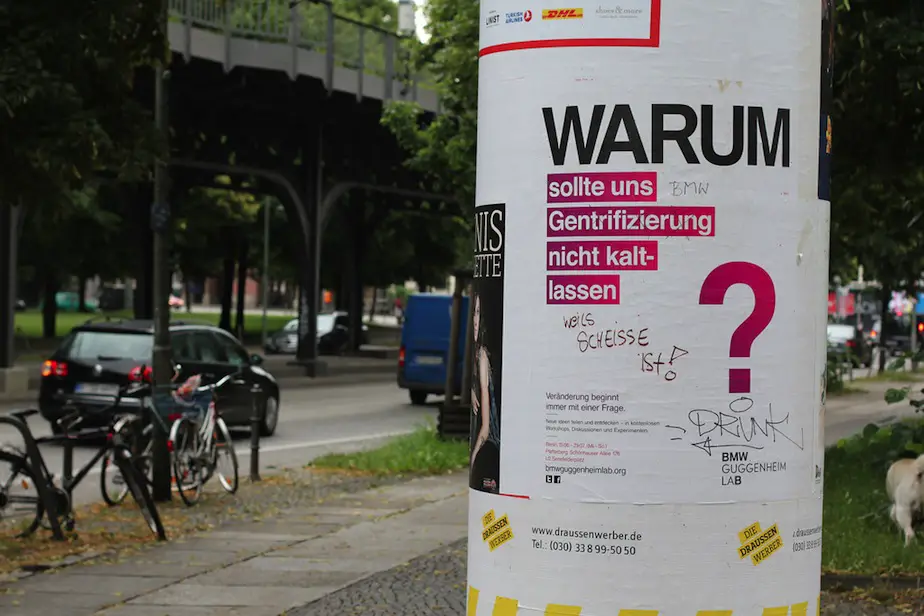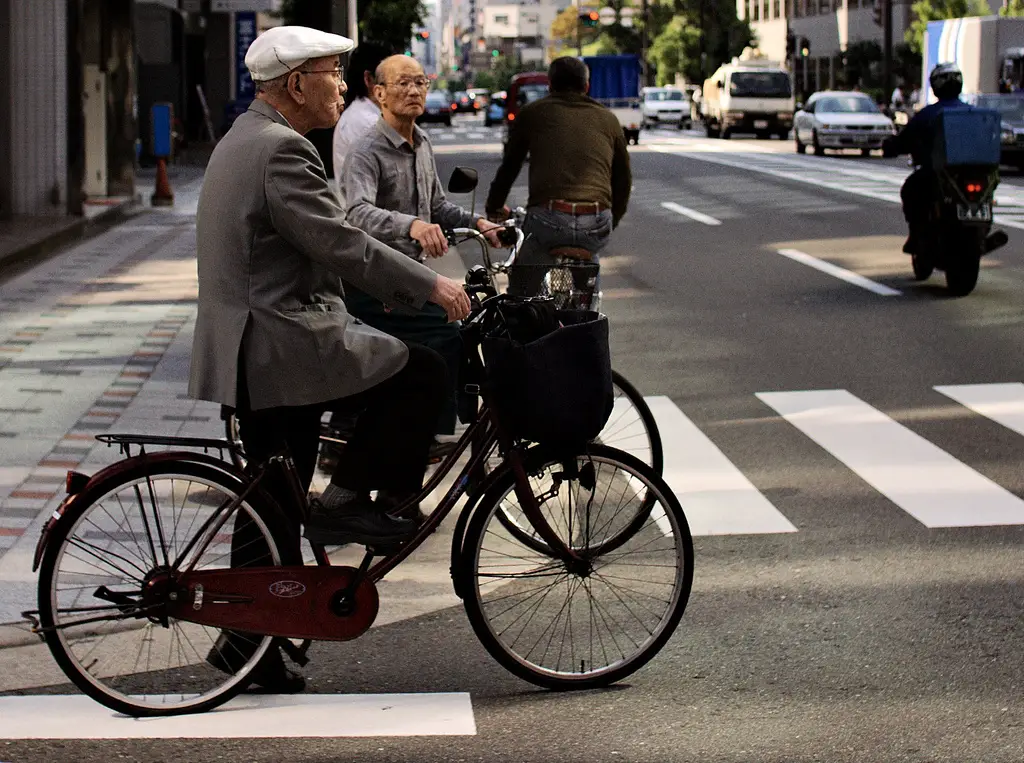We live in a world that is urbanising at an astonishing rate: 100 years ago only 20% of people lived in a city, by 2010 more than half the worlds population was living in an urban area and by 2050 we expect that figure to rise to 70%. As these mega-cities become increasingly dense and over-populated, the transport systems that support them are struggling to cope with the sheer numbers of people trying to move around. Many cities around the world are starting to wake up to the fact that they will have to become walkable and bikeable, just in order to function in the future.
As each country takes a slightly different approach to creating walking-friendly cities, one global organisation is working to connect and empower urban governments, citizens and communities to achieve a walkable future. Walk21 is a non-profit with the vision to “create a world where people choose and are able to walk as a way to travel, to be healthy and to relax”. Since its foundation in 2000 Walk21 has organised an annual international conference in over 10 different countries, this event has become the leading global conference on walking, walkability and urban livability. Walk21 has also championed the International Charter for Walking, which has been signed by over 4,000 people and organisations including several mayor’s and city governments. Signing the Charter shows a commitment to the following priorities:
- Inclusive Mobility;
- Integrated Networks;
- Less Crime;
- Promotion of Walking;
- Spaces for people;
- Spatial Planning;
- Supported Authorities;
- Reducing Road Danger.
Another example of Walk21 leading the global walking movement is their work on benchmarking the walkability of World cities. The ‘Making Walking Count‘ project measures how walkable each city is for several key indicators including:
- Walking and public realm activity;
- Barriers to walking;
- Peoples perception of walkability;
- Projects to improve walkability;
- Proportion of transport funding for walking.
Each city can see how they compare against other global cities and which areas they need to improve in. So far the project has benchmarked London, Barcelona, Copenhagen and Canberra and also audited New York and Stuttgart. Benchmarking results show that Copenhagen was the city where people spent the most time walking everyday (52 minutes a day), closely followed by Barcelona with 48 minutes a day, London with 33 minutes and Canberra with 26 minutes walked per day.
The main reason that people didn’t walk in most of the cities was because of’ ‘too much traffic’, unsurprisingly in Copenhagen, people didn’t walk because they preferred to cycle and in London just under 40% of people didn’t walk because of fear or crime. Other reasons included cleanliness of streets (21%), lack of amenities within walking distance (20%) and poor quality pavements (19%). In Canberra over 40% of people don’t walk because of poor street lighting and in Barcelona narrow pavements are a barrier to over 35% of people. Survey respondents in all of the cities suggested that more people would walk if the cities had better street lighting, less traffic and more crossing points.
This years conference is taking place in Munich, Germany from 11th to 13th September and will feature over 150 presentations and keynotes from Walkability experts such as John Whitelegg and Jason Roberts from Better Block. Munich is known as “the city of short distances” and this is illustrated by the fact that over 75% of residents choose to walk journeys less than 1km, as part of the conference the city is planning to sign the International Charter for Walking. Walkonomics will be at the conference in Munich this year, providing updates via Twitter and Facebook and some more blog posts on highlights from the conference. So if you want to get involved with the global walking movement, then sign the International Charter for Walking and maybe even come along to the conference in Munich next month.
Photo: Martin Fisch


